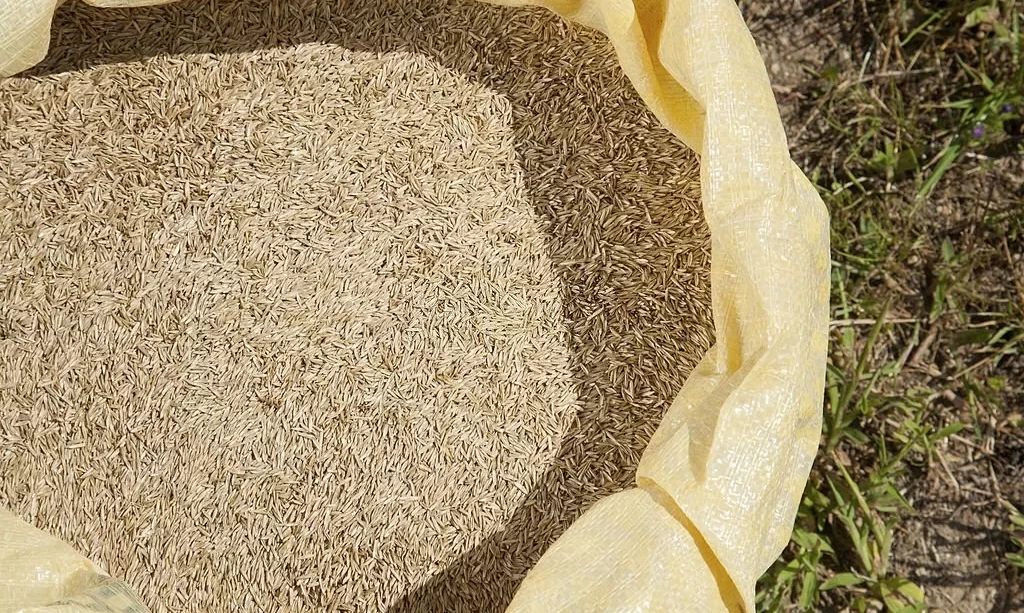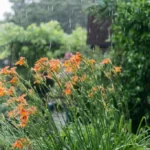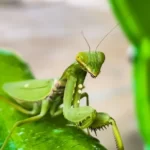Establishing a lush and vibrant lawn begins with the fundamental step of sowing grass seeds. However, the success of this endeavor is intricately tied to the quality and viability of the seeds used. A common concern among gardeners and lawn enthusiasts is the longevity of grass seeds. Understanding the factors that influence the shelf life of these seeds is crucial for ensuring optimal germination and a thriving lawn. In this article, we delve into the intricacies of grass seed longevity, exploring the various types of grass seeds and the conditions that affect their viability over time.
The Shelf Life of Grass Seeds
Grass seeds, like many other types of seeds, possess a finite shelf life influenced by a combination of factors. The shelf life refers to the duration during which seeds maintain their ability to germinate effectively. Different grass species exhibit varying seed longevity, and understanding these distinctions is essential for achieving successful results in lawn establishment.
The shelf life of grass seeds is primarily determined by the inherent characteristics of the seeds themselves and the conditions to which they are exposed. Environmental factors such as temperature and humidity play pivotal roles in either preserving or diminishing seed viability. Additionally, the quality of the seeds, including purity and germination rate, significantly impacts how long they remain viable. As we explore these factors, we gain insights into the optimal storage conditions and practices that contribute to extending the life of grass seeds.
Factors Affecting Grass Seed Viability
The viability of grass seeds is intricately tied to environmental conditions and seed quality. Among the environmental factors, temperature and humidity play pivotal roles in determining how long seeds retain their ability to germinate. Seeds are sensitive to extremes in temperature, and exposure to high or low temperatures can accelerate their deterioration. Maintaining a consistent and moderate storage temperature is crucial for preserving the viability of grass seeds. Likewise, humidity levels should be kept within a certain range, as excessive moisture can lead to mold growth and a subsequent decline in seed quality.
Seed quality is another critical determinant of viability. Purity, which refers to the absence of contaminants or other seed varieties, is vital for ensuring the desired grass species dominates in the lawn. Additionally, the germination rate, representing the percentage of seeds capable of sprouting, influences how quickly and uniformly a lawn establishes. Seeds with high germination rates are more likely to yield a robust and dense turf. Understanding and managing these factors are key to maximizing the viability of grass seeds and achieving successful lawn growth.
Signs of Seed Degradation
As grass seeds age, several visible indicators may signal their deterioration. One of the primary signs is a change in color. Healthy grass seeds typically exhibit a vibrant, uniform color, while degraded seeds may appear dull, discolored, or even develop a whitish mold. Mold or fungal growth on the seeds is another clear indication of degradation and can hinder germination.
Conducting germination tests is a reliable method for assessing seed viability. These tests involve placing a sample of seeds in a controlled environment conducive to germination and observing the percentage that successfully sprouts. If a significant portion of the seeds fails to germinate, it suggests a decline in viability. Regularly performing such tests allows gardeners to monitor the health of their seed stock and make informed decisions about seed usage.
Being vigilant for these signs of degradation enables gardeners to identify compromised seeds before sowing, promoting a more successful lawn establishment process.
Extending the Life of Grass Seeds
To ensure the longevity of grass seeds and maximize their potential for successful germination, implementing proper storage techniques is paramount. Storing seeds in airtight containers helps protect them from exposure to air and moisture, two factors that can expedite seed deterioration. A cool, dry environment is ideal for seed storage, as it mitigates the risk of mold growth and preserves the integrity of the seeds. Additionally, avoiding fluctuating temperatures is crucial, as rapid changes can contribute to seed degradation. By adopting these storage practices, gardeners can significantly extend the life of their grass seeds and increase the likelihood of a thriving lawn.
Seed treatment options also offer effective means of enhancing seed longevity. Coating seeds with protective substances can safeguard them from environmental stressors, providing an added layer of defense against deterioration. Furthermore, some seed preservatives can be applied to prevent the growth of pathogens and fungi that might compromise seed quality. Integrating these treatment methods into seed storage practices contributes to the overall preservation of grass seed viability.
Common Mistakes in Grass Seed Storage
Despite the importance of proper storage, several common mistakes can undermine the viability of grass seeds. Exposing seeds to extreme conditions, such as high temperatures or excessive humidity, can rapidly diminish their shelf life. Ignoring expiration dates on seed packaging is another oversight that can lead to the unintentional use of degraded seeds. Choosing improper storage containers, such as those allowing air or moisture infiltration, can compromise seed quality over time.
It’s crucial for gardeners to be aware of these pitfalls and adopt preventive measures. Regularly inspecting stored seeds for signs of degradation, adhering to recommended storage conditions, and staying mindful of expiration dates are essential practices to maintain the health and viability of grass seeds. By avoiding these common mistakes, gardeners can set the foundation for a successful lawn establishment and long-term turf vitality.
Conclusion
In the pursuit of a lush and resilient lawn, understanding the intricacies of grass seed longevity is fundamental. The shelf life of grass seeds is influenced by a combination of environmental factors and seed quality. By implementing proper storage practices, such as utilizing airtight containers and maintaining a cool, dry environment, gardeners can extend the life of their grass seeds and enhance the chances of successful germination.
Remaining vigilant for signs of seed degradation, such as changes in color and the presence of mold, allows for timely intervention and ensures the use of high-quality seeds. Avoiding common mistakes in seed storage, such as exposing seeds to extreme conditions and neglecting expiration dates, is key to preserving seed viability.
Through proactive measures, including seed treatment and regular germination tests, gardeners can not only extend the life of grass seeds but also promote a thriving and resilient lawn. As we navigate the complexities of grass seed viability, we empower ourselves to create a green and flourishing landscape that enhances the beauty of outdoor spaces.




